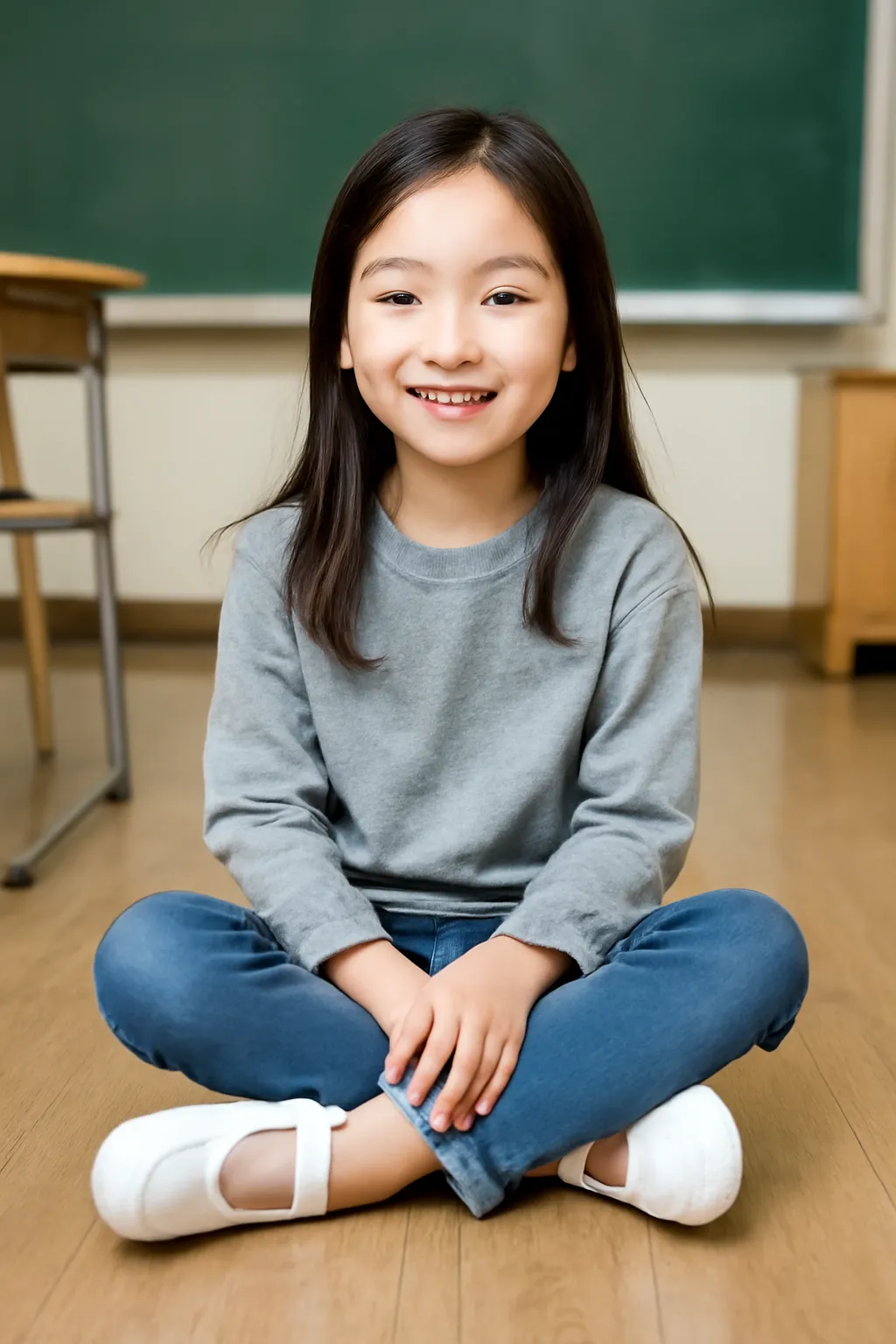Elementary school students spend a significant portion of their day indoors, whether in classrooms or during various indoor activities. A key aspect of ensuring their comfort and overall well-being is choosing the right pair of indoor shoes. These shoes are not only about providing comfort but also supporting a child’s posture, promoting foot health, and contributing to a productive learning environment. Let’s explore the key features that make indoor shoes ideal for young students, while also offering some useful recommendations.
What Makes Indoor Shoes Essential for Elementary Students?
Indoor shoes are much more than a necessity for maintaining cleanliness in schools. They play a crucial role in ensuring that students are comfortable while participating in various indoor activities such as learning, playing, or socializing. It’s important to understand why these shoes matter, not only for hygiene but for overall health and convenience.
First and foremost, indoor shoes provide comfort. Elementary school students are on their feet for a large portion of the day, moving between classrooms and engaging in various activities. Without proper footwear, children can easily experience discomfort or fatigue. Furthermore, the flooring in many schools—whether it’s tile, wood, or carpet—can sometimes be slippery or hard on the feet. A good pair of indoor shoes helps cushion the impact of walking and standing, reducing strain on developing feet.
Secondly, indoor shoes are essential for foot health. Children’s feet are still growing, so choosing shoes that provide the right support is crucial. Indoor shoes designed for children typically have features that promote healthy foot development, such as arch support, cushioned soles, and breathable materials. This can help prevent issues like flat feet or excessive pressure on certain parts of the foot, which can become more problematic as children grow.
Additionally, indoor shoes are a must for maintaining cleanliness. Schools often implement policies that require students to wear indoor-only shoes to prevent dirt from being tracked into classrooms. Not only does this keep the school environment cleaner, but it also ensures a hygienic atmosphere for both students and teachers.
If you’re wondering how to select the perfect indoor shoes for your child, there are several important factors to consider:
-
Comfort: Look for shoes with adequate cushioning and support, ideally with breathable materials to ensure air circulation around the feet.
-
Easy to Wear: Shoes with adjustable straps or elastic bands work best for younger children who may struggle with laces.
-
Non-Slip Soles: Shoes with rubber or slip-resistant soles ensure that children won’t slip, particularly when moving around in the classroom.
-
Durability: Opt for high-quality shoes that can withstand the demands of daily use.
To learn more about finding the best indoor shoes for your elementary school student, click below for a guide on selecting the ideal shoes.
👉 Click here for recommendations! 👈
Recommended Indoor Shoes for Elementary School Students
When selecting indoor shoes for elementary school students, it’s essential to consider comfort, ease of use, and style. But what makes certain shoes stand out among the many options available? We’ve compiled some recommendations for indoor shoes that offer superior comfort, durability, and style for young learners.
-
Velcro Strap Shoes: For younger students, shoes with Velcro straps are highly recommended. These shoes are easy to put on and take off, eliminating the need for complicated laces that can be difficult for younger children to manage. The Velcro design also helps keep the shoes snug and secure on the feet.
-
Breathable Sneakers: Many indoor shoes come with mesh uppers or breathable fabric to ensure that children’s feet stay cool and dry throughout the school day. These shoes are particularly beneficial for children who tend to sweat more during physical activities.
-
Slip-On Styles: Some students prefer slip-on shoes, which are effortless to wear and take off. These shoes are usually made with elastic bands around the opening, providing a snug fit without the need for straps or laces. They’re a great option for children who may struggle with more complicated footwear.
-
Cushioned Soles: Opt for shoes with cushioned soles to help absorb shock while your child is walking or running around. These shoes can improve overall comfort, especially on hard floors like tile or wood.
-
Colorful and Fun Designs: Kids love shoes that reflect their personalities, so choose styles that incorporate fun colors, patterns, or even characters they adore. This adds an extra element of excitement to wearing indoor shoes, making it more enjoyable for your child.
In selecting the best indoor shoes for your child, it’s important to find a balance between comfort, durability, and personal style. The options mentioned above offer these qualities, ensuring that your child is happy, healthy, and comfortable throughout their school day.
If you’re interested in seeing more options, visit the link below to explore a wide range of indoor shoes tailored to elementary school students.
Indoor Shoes: A Reflection of the Growing Trend of School Indoorization
The trend toward “school indoorization” is becoming increasingly popular, where more schools are opting for indoor shoes as a way to keep the learning environment clean and promote a healthier atmosphere. This trend is not only about hygiene but also about creating a more comfortable and supportive environment for students to thrive in.
The idea behind school indoorization is simple: when students switch to indoor shoes, it limits the amount of dirt, dust, and allergens that enter classrooms from outdoor spaces. This is particularly important in regions where air quality might be compromised or during allergy seasons. By having indoor shoes, schools can maintain a cleaner and more controlled environment, which is essential for children’s health.
Moreover, the indoorization trend also aligns with broader societal shifts towards health and well-being. As more research emphasizes the importance of physical activity, ergonomics, and proper posture, schools are adopting policies that encourage students to wear shoes that support these factors. For example, some schools now require students to wear cushioned or arch-supporting indoor shoes to prevent foot fatigue and support natural development.
Incorporating indoor shoes into school policies is an easy and effective step toward making schools more adaptable to children’s needs. It helps maintain cleanliness, promotes health, and ensures students are comfortable throughout their day. This shift represents a modern approach to education, where students are provided with an environment that supports both their learning and physical well-being.
If you’re keen to know more about the indoorization of schools, including the benefits and trends, click the link below for a more in-depth exploration.
👉 Learn about school indoorization! 👈
Conclusion
Indoor shoes play a vital role in ensuring that elementary school students are comfortable, safe, and able to focus on their studies. By providing proper support and comfort, indoor shoes contribute to students’ overall well-being, helping them enjoy their time at school while minimizing discomfort or distractions. With numerous options available, parents can easily find the perfect pair that caters to their child’s specific needs and style preferences.
As the trend of school indoorization continues to grow, it’s clear that these shoes are more than just an accessory; they are an essential part of a modern, healthy, and hygienic school environment. Whether you’re considering indoor shoes for the first time or looking to replace an old pair, selecting the right footwear is a simple yet impactful way to support your child’s education and well-being.
“Investing in your child’s comfort today ensures their success tomorrow.”






